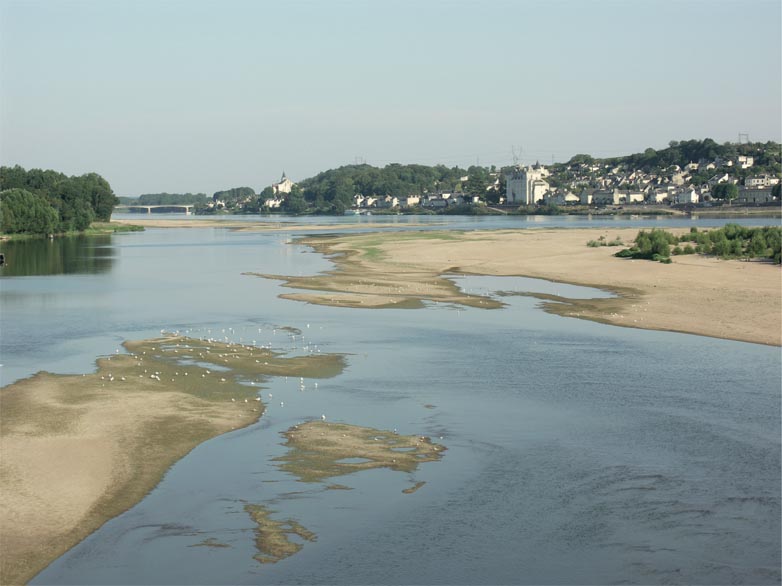Indre-et-Loire
WELCOME TO Indre-et-Loire
Entry Into State
Tours
6,127 km2
605,000
French

Popular
Geography and Tourist Attractions
Information about the canton's tourist attractions, including popular destinations, events, and activities.

Châteaux of the Loire Valley

Loire River

Parc Naturel Régional Loire-Anjou
Political
Economy and Government
Indre-et-Loire is a department in the Loire Valley region of France, with a diverse and vibrant economy driven by various sectors such as agriculture, tourism, and technology. The region is home to many vineyards and orchards, producing high-quality fruits and wines, as well as dairy and livestock farms, contributing to the rich culinary traditions of the area. The tourism industry is also a significant contributor to the local economy, with many tourists visiting the department every year to explore the chateaux, gardens, and picturesque towns of the Loire Valley.
In terms of government, Indre-et-Loire is governed by a departmental council, which is responsible for providing public services such as education, social welfare, and transportation. The council is composed of elected representatives from various political parties, and its members are responsible for managing the budget and making decisions about local policies and initiatives. Additionally, the department is part of the larger Centre-Val de Loire region, which has its own regional council and is responsible for regional development, cultural affairs, and other administrative tasks. Overall, Indre-et-Loire has a stable and efficient government that prioritizes public services and economic growth, making it an attractive place to live and work.

History
History and Culture
Indre-et-Loire is a department in the central region of France, known for its rich history and culture. The region has played a significant role in French history, with numerous chateaux, museums, and monuments that reflect its past.
One of the most iconic landmarks in the department is the Château de Chenonceau, a beautiful 16th-century castle that spans across the River Cher. The castle has hosted many significant historical events, and its art collection is one of the most extensive in France. Other notable chateaux in the region include Château d'Amboise, Château de Villandry, and Château de Langeais.
Indre-et-Loire is also home to many historic towns and villages, such as Tours, which is known for its beautiful cathedral and charming old town. The town of Chinon, located on the banks of the Vienne River, has a rich medieval history and is renowned for its red wine.
In terms of culture, the region is famous for its gastronomy, including traditional dishes such as rillettes, fouées, and Sainte-Maure-de-Touraine cheese. The department also hosts numerous festivals throughout the year, celebrating everything from jazz music to hot air balloons.
Overall, Indre-et-Loire is a region that is steeped in history and culture, and it is a must-visit for anyone interested in exploring the rich heritage of France.
HOTELS

Château de la Bourdaisière

Les Hautes Roches

La Maison d'à Côté
RESTAURANTS

La Maison des Halles

Le Bouff'tard

